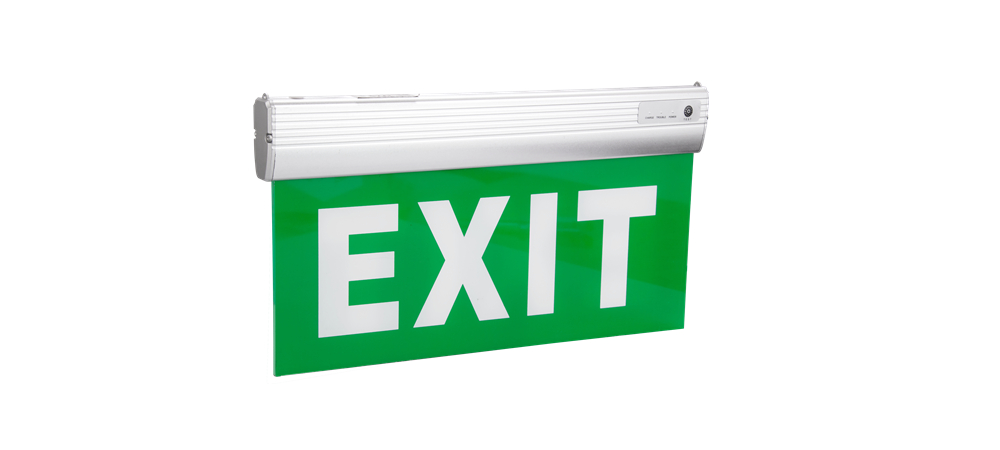Yu Yuchen, manager of the Institute of Electro-Optical Engineering of the Taiwan Institute of Industrial Technology, pointed out yesterday (29) that the world ’s top five manufacturers Philips, Nichia, Osram, Toyoda Gosei, Cree, etc., through mutual authorization, have formed a huge LED patent network to achieve the market ecological chain. It is worth noting that Japan was previously the world's largest creative country for LED patents, but it has been surpassed by the mainland since 2006, showing the mainland's enthusiasm in patent layout. In addition, Samsung's patent volume has rapidly doubled in the past three years.
Under patent competition, Taiwanese manufacturers often cut into the core of the patent network or achieve patent authorization in some areas to maintain market competitiveness, such as Jingdian (2448) and Philips for strategic cooperation, and Toyoda Gosei for cross-licensing, Everlight (2393) It is an interactive authorization with Osram, a strategic combination between Guanglei and Nichia, etc. This type of method is a way for Taiwanese manufacturers to ensure market competitiveness. Yu Yuchen suggested that the Taiwanese factory should build an international-level patent layout team. In response to the chaotic LED situation, it will acquire useful assets to obtain effective resources and expand the application of patent-guided technology research and development.

Yu Yuchen said that the five largest manufacturers of LED patents in the world have formed a unique patent network through mutual authorization. Manufacturers outside the patent network cannot escape the threat of litigation and patent payment methods such as payment of licensing fees. Profits and estuaries form a threat.
According to statistics, based on the distribution of LED US patents, Philips holds 3,449 patents, ranking 5th, followed by Osram with 731 items, Cree with 652 items, Nichia with 537 items, Toyoda Gosei 495 items; Taiwan ’s overall LED-related patents in the United States total about 3,000, and are scattered, mostly partially improved and peripheral application patents. From the total of about 370 patents in the United States of Taiwan ’s top five LED factories, even all of them It has fewer patents than any of the top five international manufacturers.
Yu Yuchen pointed out that Taiwanese manufacturers are now facing pressure from the international patent network and the rapid deployment of patents by South Korea to develop LED lighting. It is recommended that Taiwan factories should actively build a professional patent layout team to win orders from large international manufacturers, and also improve corporate value and image.
The status quo of the LED industry: moving forward "painfully" in "happiness"
With the further increase of global LED market demand, the future development of China's LED industry faces huge opportunities, but at the same time there are unprecedented challenges. At present, LED core technology and patents are basically monopolized by foreign countries. It can be said that China's LED industry is moving forward "painfully" in "happiness".
The LED industry from an international perspective
At present, the world has initially formed an industrial structure centered on three major regions of Asia, North America, and Europe, with Japan ’s Nichia Chemical, Toyota Synthetic, American Corey, Puri, and German Osram as the core of patent competition. Several major international manufacturers from Japan, the United States, and Europe represent the upstream level of today's LEDs and have a significant impact on industrial development. This impact is not only reflected in products and income, but more importantly is the monopoly of technology. More than 50% of core patents are in the hands of these major manufacturers. China's LED is still at a low-end level. About 80% of its products are concentrated in landscape lighting, traffic lights and other application markets, and the general lighting market is still being promoted.
With the vigorous development of the domestic LED market, more and more foreign companies have turned their attention to China. In recent years, the number of patent applications accepted in the LED field in China has increased significantly year by year. According to the Development Research Center of the State Intellectual Property Office in the "Semiconductor Lighting Patent Risk Analysis Research Report", 22 countries and regions around the world have applied for patents in China, and the top five countries are Japan, South Korea, the United States, and Germany. And the Netherlands. Among them, Japan led the way with 1,306 patent applications, accounting for 24% of the total applications. In terms of valid patents, the ratio of domestic patent applications to foreign patent applications in China is about 4: 5. However, in these domestic patent applications, the Taiwan region occupies a large share, and its effective invention patents account for 53%. From the perspective of the distribution of the industrial chain, foreign companies mainly have more patents in the field of chips and packaging. Half of the LED core inventions have filed patent applications in China, and foreign LED companies have mastered most of the core patent technologies.
The domestic LED industry advancing through twists and turns
The domestic LED industry started in the 1970s. After nearly 40 years of development, 7 national semiconductor lighting engineering industrialization bases including Shanghai, Dalian, Nanchang, Xiamen, Shenzhen, Yangzhou, and Shijiazhuang have been formed. The products are widely used in landscape lighting and general lighting. At present, China has become the world's largest producer of lighting appliances and the second largest exporter of lighting appliances. As of the end of 2011, there were more than 3,000 LED companies in China, of which only 140 had an annual output value of more than 100 million yuan. However, none of these 140 companies have annual sales of more than 1 billion yuan, and only a few have more than 500 million yuan.
What makes China's LED industry move forward in difficulties? The reasons are as follows: First, the industry lacks authoritative industrial technical standards; second, the company's R & D is mainly concentrated in the downstream application areas, and the R & D investment in the upper and middle reaches is relatively small. While large foreign companies and some companies in Taiwan in China have monopolized most of the LED core technology, mainland companies can only turn their attention to downstream application markets with lower technological content.
In addition to the weak competitiveness of the core technology in China's LED industry, the relatively loose combination of production, education and research is also a major factor restricting its development. A large part of LED patents are concentrated in scientific research institutes. In the field of epitaxy, the top three patents are the Semiconductor Institute of the Chinese Academy of Sciences, the Physics Institute of the Chinese Academy of Sciences, and the Beijing University of Technology; in the chip field, the top three are the Chinese Academy of Sciences. Semiconductor Institute, Beijing University of Technology and Peking University. Compared with scientific research institutions, domestic enterprises have applied for more utility model patents.
Compared with foreign companies, China's LED patent applications are clearly at a disadvantage. According to a survey by the Gaogong LED Industry Research Institute, China has a total of 26.071 million LED-related patent applications, of which nearly 50% are patents in packaging and applications in the middle and downstream of the industry. Although China has certain advantages in terms of electrodes, microstructures, reflective layers, substrate stripping, and health care, most of them are peripheral patents, and only 60% of invention patents are submitted internationally through the Patent Cooperation Treaty (PCT). There are not many patent applications and foreign patent applications.
In the face of the "eyes" of international competitors, domestic companies should practice their "inner skills" even more. The first is to increase independent innovation, focusing on research and development of new technologies that can be widely accepted and recognized by the market; the second is to cooperate with foreign companies. On the basis of digesting and absorbing foreign advanced technology, we should strengthen imitation and innovation, improve the technical effects of competitors ’core patents, and improve their technical effects; again, apply for improved patents, which is an effective way to avoid the risk of patent infringement.
Strengthening industry-university-research cooperation is one of the effective ways to promote the rapid development of China's LED industry. Some domestic research institutions have certain research and development capabilities, while some enterprises have strong processing and manufacturing capabilities. Between enterprises and between enterprises and scientific research institutions should strengthen the sense of cooperation, promote the transfer of innovation achievements of scientific research institutions to enterprises, and strive to cultivate a batch of innovative "leading" enterprises with independent intellectual property rights.
In short, China's LED companies must pay attention to the early accumulation of intellectual property, learn to use science and technology to arm themselves, use patents to develop domestic and foreign markets, and turn each "trap" into a good market prospect, so as to fly higher ,farther.
The LED exit sign light is specially made from aluminum and acrylic materials, and is also fast dissipating heat, insulating and corrosion resistant. LED emergency lights are illuminated with super bright LEDs to ensure visibility in dark corridors and hallways. In case of an emergency power outage, the exit lane will be illuminated. Exit signs are designed for various types of indoor commercial uses such as hotels, shopping centers, theaters, restaurants and other public places. Any emergency exit signs must have continued reliability. Easy to install and can be hung on the wall or from the ceiling.

Exit Sign For Aluminum And Acrylic
Emergency Light Sign,Wall Mounted Exit Sign,Led Emergency Exit Sign,Battery Operated Exit Signs
Jiangmen City Pengjiang District Qihui Lighting Electrical Appliances Co., Ltd , https://www.qihuilights.com